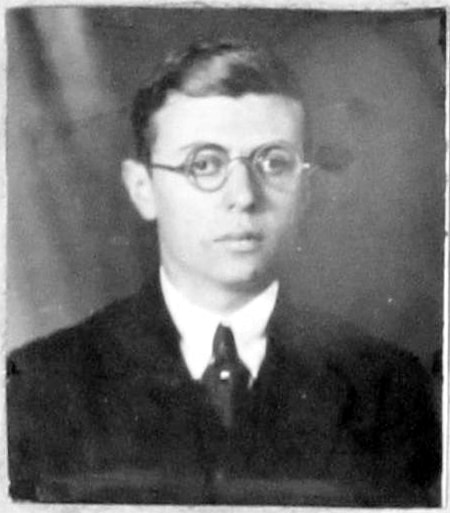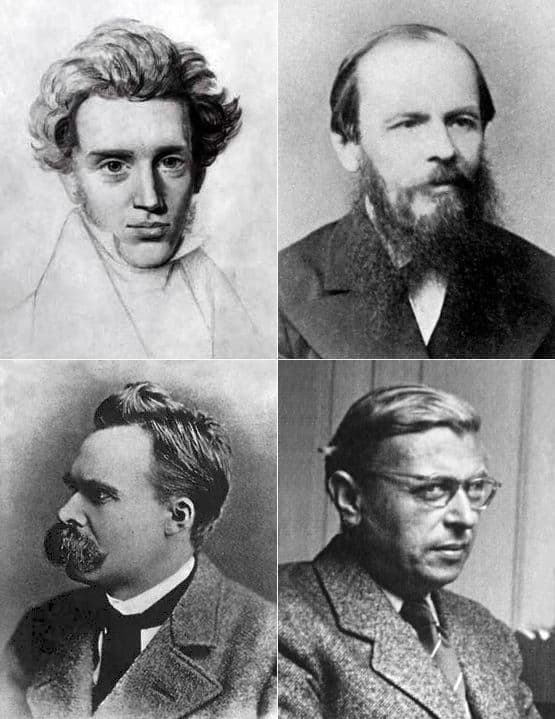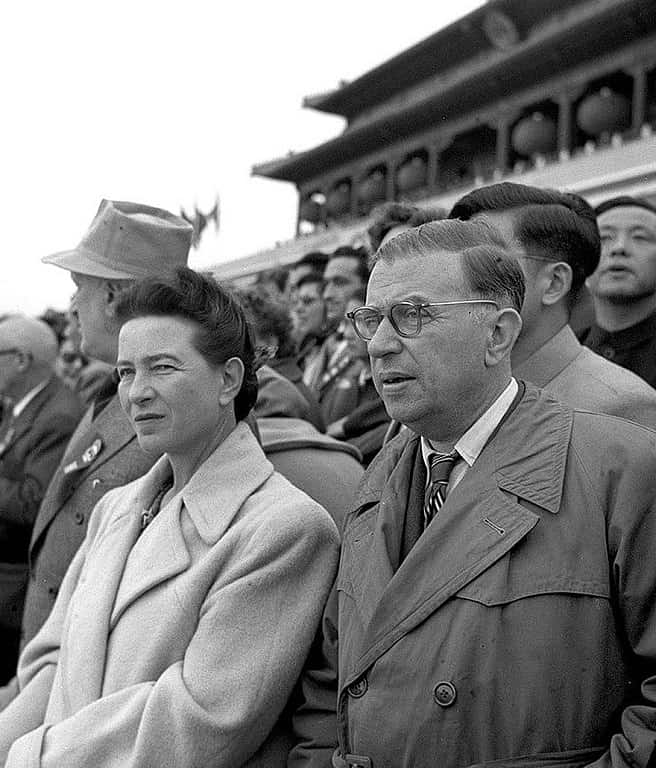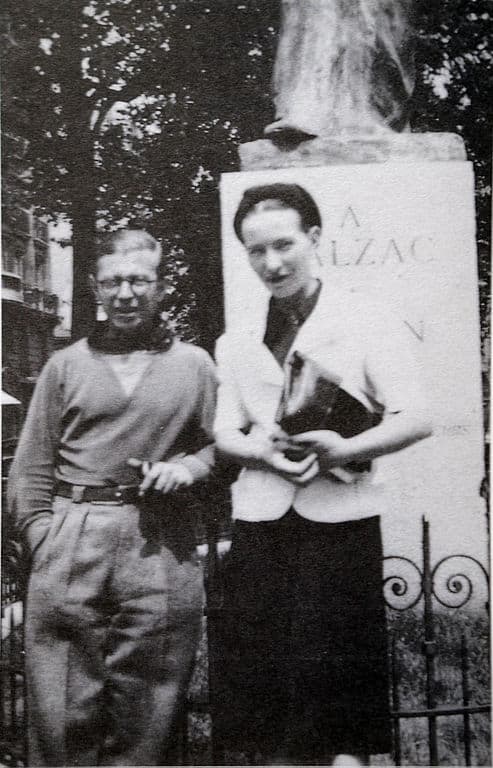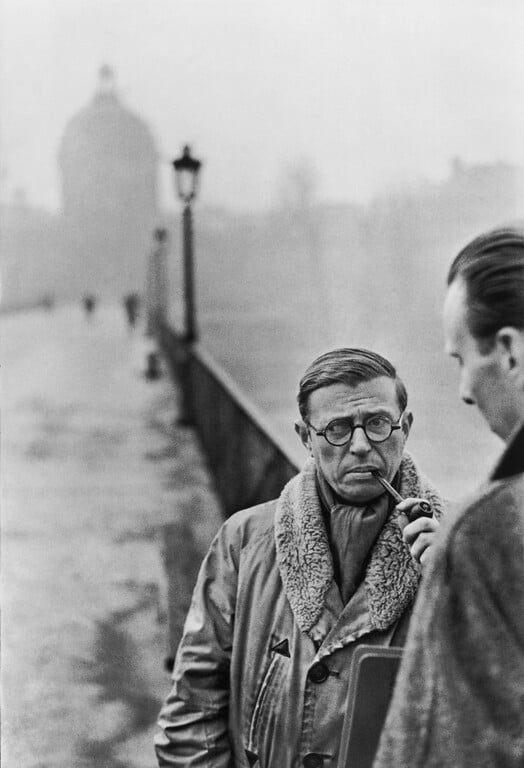Top 10 Facts about French writer Jean-Paul Sartre
If you know anything about philosophy, chances are you’ve heard of the French writer Jean-Paul Sartre. Sartre was born in Paris in 1905 and was known for his role in several different philosophical movements in 20th century France. He was a novelist, a playwright, journalist, philosopher, and political activist.
Sartre is quite the celebrity in France. If you’re curious to know more, here are my top 10 facts about French writer Jean-Paul Sartre!
1. Jean-Paul Sartre was bullied as a child
Like most great artists and writers, Sartre had a tough childhood. He lost his father when he was just 2 years old and was raised by his mother and grandparents until the age of 12.
His mother remarried and the family moved from the Paris region to La Rochelle in southwestern France.
At his new school, Sartre was often bullied. He was blind in his right eye and often looked cross-eyed. Because Sartre was tormented at school, he began to retreat into his books. Sartre had a fondness for literature from a very young age.
2. Jean-Paul Sartre was an Existentialist
Existentialism is a form of philosophy. It examines the question of human existence, and its focus is on the individual human experience. Existentialist philosophers spent a lot of time questioning the purpose of human life, and the value of existence in general.
Alongside other philosophers such as Søren Kierkegaard, Fyodor Dostoevsky, and Friedrich Nietzsche, Sartre was a leader in the Existentialism movement. He published a book in 1946 stating his case called L’existentialisme est un humanisme, or, Existentialism Is a Humanism in English.
3. Jean-Paul Sartre wrote several novels and other writings
In addition to Existentialism Is a Humanism, Sartre wrote many plays, novels, essays, articles, short stories, and autobiographical works. He was also a literary critic and wrote several critical essays. Sartre lived to write and wrote to live. Some of his other famous works include:
- La nausée (Nausea)
- L’être et le néant (Being and Nothingness)
- L’âge de raison (The Age of Reason)
4. Jean-Paul Sartre was a Prisoner of War during World War II
During World War II, like most men in France, Sartre was drafted in 1939. He went on to serve as a meteorologist but was quickly captured by German forces in 1940. He lived in Nancy, France, which was part of the Occupied Zone, for nine months before he was released back to the French military. He was then released from his duties due to his poor health.
While he was a POW, Sartre wrote his first play, Barionà, fils du tonnerre, or, Bariona in English. He also got a lot of reading done, particularly, Being and Time by German philosopher Martin Heidegger. The novel would go on to inspire Sartre’s own novel, Being and Nothingness.
5. Jean-Paul Sartre was awarded a Nobel Prize, but he turned it down
In 1964, Sartre was awarded the Nobel Prize in Literature for: “his work which, rich in ideas and filled with the spirit of freedom and the quest for truth, has exerted a far-reaching influence on our age.” He ultimately turned down the prize for several reasons that he outlined in a French newspaper called Le Figaro:
- He always turned down official awards
- He refused to have his work associated with any type of institution in order to guard his freedom
- He called for the Nobel Prize to be distributed fairly throughout Eastern and Western countries, which at that point wasn’t the case
6. Jean-Paul Sartre and Simone de Beauvoir formed a philosophical power couple
If you know anything about feminism, you’ve heard of Simone de Beauvoir. The French philosopher and writer is known for her two-volume feminist manifesto called Le Deuxième Sexe, or The Second Sex in English.
Sartre and de Beauvoir met at university and were soon inseparable. They formed a union that would last from the late 1920s until Sartre’s death in 1980. They were in an open relationship and both had relationships outside of their couple. In addition to being lovers, Sartre and de Beauvoir ran a monthly literary and philosophical review called Les Temps Modernes, or, Modern Times.
7. Jean-Paul Sartre founded an underground group in Paris
In addition to being a writer, Sartre was also a political and social activist. Alongside Simone de Beauvoir, he helped found the group Socialisme et Liberté (Socialism and Liberty) in 1941 after he was released from the French military.
The group was made up of other young writers, philosophers, and students of thought. The focus of the group was to catch Nazi collaborators and expose them for their wrongdoings, and as a way for the group to get involved with the French Resistance movement.
8. Jean-Paul Sartre was a leading figure in Marxism
In addition to being an Existentialist, Sartre was also a Marxist or a follower of the philosopher Karl Marx. It would take an entire blog article to explain Marxism properly, but for the sake of space, it essentially forms the basis of Communism.
While Sartre was a big admirer of the Soviet Union, he never joined the Communist Party in France. When the Soviets invaded Hungary in 1956, his high hopes for a type of Communism that worked faded. Sartre went on to critically examine Marxism, and he eventually discovered that it forced the individual to conform, which ultimately goes against what Sartre believed in. His critical works made him a figure in Marxism.
9. At the end of his life, Jean-Paul Sartre wrote a study of the French author Gustave Flaubert
Sartre spent most of his final years working on a massive study of the 19th-century French writer Gustave Flaubert. Sartre wanted to give his readers a complete biography on the author, while also using the theories of Karl Marx and Sigmund Freud to examine his life.
Sartre published two volumes of the series in 1971, but would eventually leave the study unfinished.
10. Jean-Paul Sartre’s funeral was attended by over 50,000 people
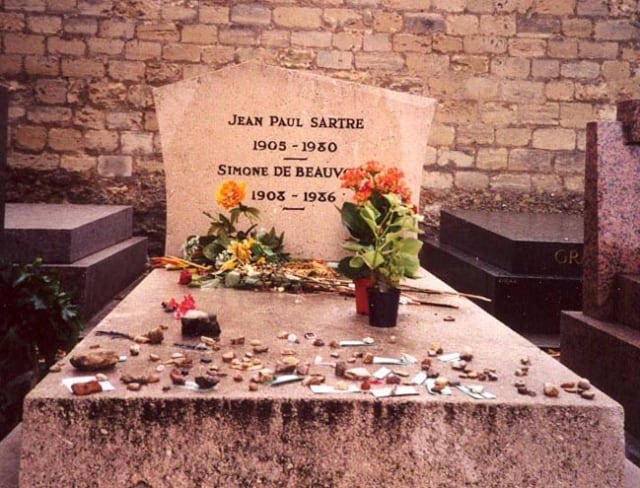
Simone de Beauvoir and Jean-Paul Sartre’s grave in Montparnasse Cemetery by Evan O’Neil – WikiCommons
Sartre died in 1980 from complications in his lungs. He had also gone blind. Thousands of Parisians attended his funeral procession in the city. He is buried in Montparnasse Cemetery, which you can visit in Paris today.
Conclusion
Now you know a little bit more about the famous French writer and philosopher Jean-Paul Sartre! If you want to learn more, I suggest you read a few of his novels. And, if you’re in Paris and you want to learn more about some of the most famous Parisians, hop on one of our walking tours! Click here to learn more.
Planning a trip to Paris ? Get ready !
These are Amazon’s best-selling travel products that you may need for coming to Paris.
Bookstore
- The best travel book : Rick Steves – Paris 2023 – Learn more here
- Fodor’s Paris 2024 – Learn more here
Travel Gear
- Venture Pal Lightweight Backpack – Learn more here
- Samsonite Winfield 2 28″ Luggage – Learn more here
- Swig Savvy’s Stainless Steel Insulated Water Bottle – Learn more here
Check Amazon’s best-seller list for the most popular travel accessories. We sometimes read this list just to find out what new travel products people are buying.





